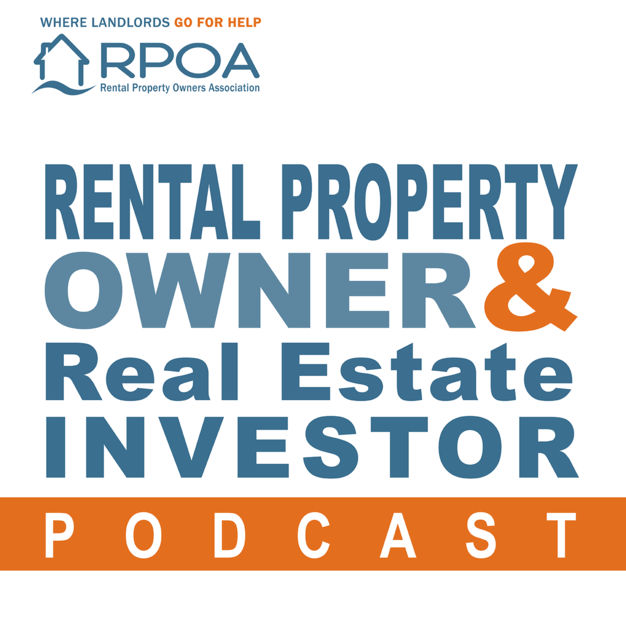Listen to our New Podcast on -
5 common questions pertaining to 1031 Tenant In Common (TIC) investments
5 common questions pertaining to 1031 Tenant In Common (TIC) investments:
I heard partnerships do not qualify as “like kind” property for a 1031 exchange. How does the purchase of a Tenant In Common (TIC) interest differ from a partnership?
The most profound reason is a 2002 IRS Revenue Procedure ruling. This ruling, Revenue Procedure 2002 dash 22, essentially set forth the guidelines whereby a TIC would be recognized as real estate, not as partnership. Hence, it could be used in a 1031 tax-deferred exchange. There was a small group of companies, mostly in southern California, offering TIC properties in the 1990’s as passive investment options for their clients. However, since the landmark ruling in 2002, TIC offerings have grown into a multi-billion dollar industry.
How is a Tenant In Common (TIC) property structured?
A Tenant In Common (TIC) investment represents co-ownership of real estate by two or more investors and is a form of holding title to real property. TICs permit up to 35 small to midsize investors to own an undivided fractional interest in a large, potentially institutional quality property/properties. TIC investors are on deed and considered a direct owner of the underlying real estate. TIC owners share “pro rata” in the potential income, tax benefits and capital appreciation of the property. Since the Internal Revenue Service issued guidance in 2002 (Rev. Proc. 2002 dash 22), TICs have become the preferred investment vehicle for real property investors who desire to defer capital gains taxes via a 1031 exchange and own property without the day to day management headaches.
Who is a Tenant In Common (TIC) “Sponsor” and what role do they play?
The TIC sponsor is a real estate firm who usually negotiates the purchase of the property, arranges the financing and distributes the potential income to the TIC investors. There are several key elements to consider before you choose which sponsor to turn your money over to for your 1031 exchange replacement property. The experience of the sponsor is extremely important. Typically, a sponsor with a solid track record and several years of experience can give an investor greater confidence than a new sponsor just now trying to tap into this growing, competitive market. An investor should also examine the experience of the key personnel of the company to determine how effective these individuals have been in acquiring, managing and eventually selling institutional quality properties in various real estate climates. For a sponsor to be most effective, they must demonstrate that they are committed to the longevity of the investors they serve.
Can I contact my realtor to purchase a Tenant In Common (TIC) investment?
Since 2002, when the IRS issued official guidance in Revenue Procedure 2002-22 on how Tenant In Common (TIC) investments would qualify for replacement property under Section 1031, the TIC industry has exploded into a multi-billion dollar a year business. However, since 2002, the vast majority of TIC investments have been sold through the securities industry by licensed securities representatives and broker-dealers, not through the traditional means of licensed real estate professionals. There is pending legislation with the National Association of Realtors and the SEC which would permit realtors to get involved.
Can I do a 1031 exchange into more than one Tenant In Common (TIC) property?
Yes. Depending on the equity amount and other factors of your individual exchange, you may have the ability to exchange into multiple TIC properties. This can potentially allow you diversify your investments by asset type and geographic location. For example if you sold a property for $1.5 million you could potentially acquire an apartment building in North Carolina, an office building in Texas and a shopping center in California.
Subscribe to our iTunes
1031 Exchange Podcast

 Jake and Gino Multifamily Investing Entrepreneurs
Jake and Gino Multifamily Investing Entrepreneurs
 Real Estate News: Real Estate Investing Podcast
Real Estate News: Real Estate Investing Podcast
 Rental Property Owner & Real Estate Investor Podcast
Rental Property Owner & Real Estate Investor Podcast
 1031 Exchange Passive Income and NNN Investment Series by 1031 Navigator
1031 Exchange Passive Income and NNN Investment Series by 1031 Navigator
 Commercial Real Estate Investing for Dummies
Commercial Real Estate Investing for Dummies
 Old Capital Real Estate Investing Podcast
Old Capital Real Estate Investing Podcast